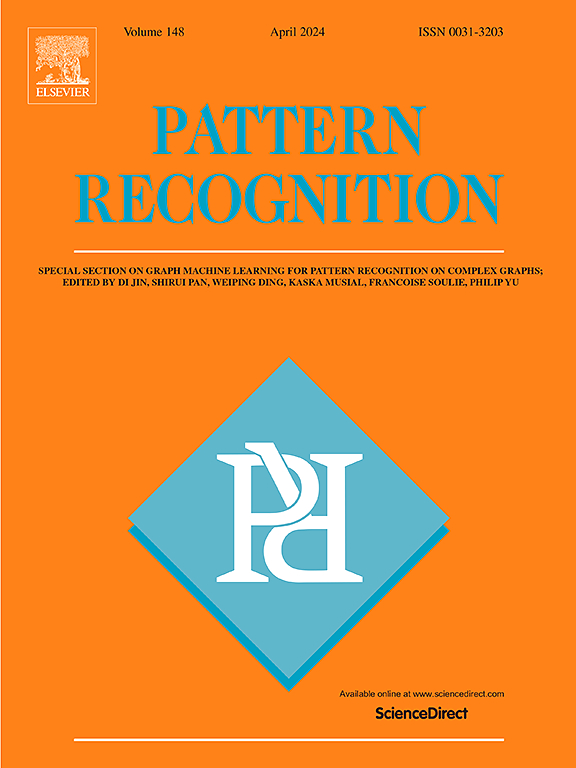GrEp:组织病理学H&E图像中基于图的上皮细胞分类改进
IF 7.6
1区 计算机科学
Q1 COMPUTER SCIENCE, ARTIFICIAL INTELLIGENCE
引用次数: 0
摘要
从整个切片图像中自动分割和分类细胞在数字病理学中起着重要作用,为生物标志物的发现提供了新的机会。尽管进行了广泛的研究,但这项任务面临着持续的挑战,例如上皮细胞向正常和恶性分化。许多现有的模型缺乏上皮亚型的报告,即使有,它们的性能也往往不是最佳的。这项工作对最先进的方法进行了基准测试,以突出这一局限性,并引入了GrEp,这是一种几何深度学习策略,它考虑更广泛的上皮组织结构来推断细胞水平的分类,而不仅仅依赖于细胞核形态。提出的基于图的工作流在结肠直肠癌中显著优于最先进的细胞核分类模型,并有效地推广到两种看不见的组织类型,子宫内膜和胰腺,证明了基于几何的模型的鲁棒性。鉴于其速度和准确性,我们相信GrEp是一种有价值的方法,可用于临床和研究环境中的下游分析,以完善上皮细胞分类。本文章由计算机程序翻译,如有差异,请以英文原文为准。

GrEp: Graph-based epithelial cell classification refinement in histopathology H&E images
The automatic cell segmentation and classification from whole slide images plays an important role in digital pathology, unlocking new opportunities for biomarker discovery. Despite extensive research, this task faces persistent challenges such as the differentiation of epithelial cells into normal and malignant. Many existing models lack reporting of epithelial subtyping, and when available, their performance is often suboptimal. This work benchmarks state-of-the-art methods to highlight this limitation and introduces GrEp, a geometric deep learning strategy that considers the broader epithelium tissue architecture to infer cell-level classification rather than relying exclusively on nuclei morphology. The proposed graph-based workflow significantly outperformed state-of-the-art nuclei classification models in colorectal cancer and generalized effectively to two unseen tissue types, endometrium and pancreas, proving the robustness of the geometry-based model. Given its speed and accuracy, we believe GrEp to be a valuable method to refine epithelial cell classification for downstream analyses in clinical and research settings.
求助全文
通过发布文献求助,成功后即可免费获取论文全文。
去求助
来源期刊

Pattern Recognition
工程技术-工程:电子与电气
CiteScore
14.40
自引率
16.20%
发文量
683
审稿时长
5.6 months
期刊介绍:
The field of Pattern Recognition is both mature and rapidly evolving, playing a crucial role in various related fields such as computer vision, image processing, text analysis, and neural networks. It closely intersects with machine learning and is being applied in emerging areas like biometrics, bioinformatics, multimedia data analysis, and data science. The journal Pattern Recognition, established half a century ago during the early days of computer science, has since grown significantly in scope and influence.
 求助内容:
求助内容: 应助结果提醒方式:
应助结果提醒方式:


